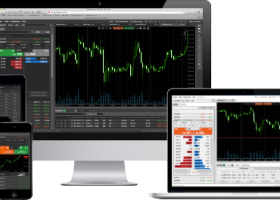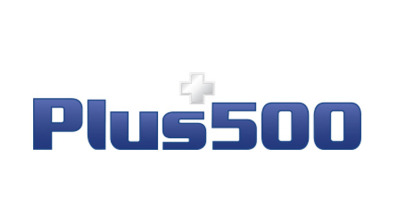
What is PEG Ratio?
The PEG Ratio is another very useful valuation tool for evaluating both the value you get when buying into a particular company and how quickly the business (and therefore the share price) is likely to grow.
The PEG Ratio is particularly useful when combined with the PER (Price to Earnings Ratio). PER or P/E tends to be the most favoured method for evaluating a company’s value, but for fast growing and/or fairly young companies the P/E ratio tends to make them look expensive when in fact they may be fairly priced if they are expected to grow particularly quickly in the coming years.
How to find the PEG Ratio of a company
This is the formula for finding the PEG ratio of a listed company:
PEG Ratio = Price to Earnings Ratio (PER) / Annual EPS Growth (Earnings Per Share Growth)
So let’s take one of our current favourite investments, Plus500 (LSE:PLUS) and do the maths.
PER = Price divided by earnings (per share) = 525p/(88 US cents/1.62)=525p/54.32=9.66
PEG = PER/EPS = 9.66/14.8 = 0.65
Note that EPS Growth is a measure of the percentage change between successive years, and Plus 500’s forecasted EPS Growth is 14.8%.
When we bought into Plus500 it looked an even better value, priced at £3.86. The metrics at the time were:
PER: 386/54.32 = 7.1
PEG: 7.1/14.8 = 0.48
What is a good PEG Ratio?
PEG Ratio is valued as follows:
PEG of less than 0.5 = Excellent
PEG of 0.5 to 0.99= Good
PEG of 1.0 = Fair
PEG over 1.0 = Proportionately overpriced depending on how far above 1 it is.
In our example above, Plus500 score a PEG of 0.65 at present which suggests good value.
Combining PEG with PER
As mentioned earlier, PEG works particularly well when combined with the Price to Earnings Ratio (P/E or PER). A stock with a PER of 40 may seem absurdly priced based solely on the P/E but if it has a very low PEG with the financials to back it up then it might be a worthwhile investment after all.
Some examples:
Skyepharma – This stock currently has a historic PER of 269 which looks slightly over priced but the forecast PEG is 0.31. Clearly this is a very fast growing company and in fact the PER is forecast to come down to 22.9 in 2014 and 13.4 in 2015. We are invested in this stock because on a longer term basis the valuation seems fair, plus the price momentum is amazing (+25% in the last month, +59% last 3 months, +373% in the last year).
Sports Direct – Historice PER of 21.1, which is quite high for a FTSE100 company, but the PEG ratio of 0.86 more than makes up for it.
See also our article ‘What is Price to Earnings Ratio?‘
Examples of Low PEG companies
Besides the companies already mentioned the following also have very good forecast PEG ratios:
Banco Santander: 0.73 (also P/E (f) 12.5 and Dividend 6.89%)
OPG Power Ventures: 0.19 (with P/E (f) 9.48)
Crest Nicholson 0.29 (P/E (f) 6.91)
Game Digital 0.35 (P/E(f) 11.4)
Barratt Developments 0.38 (P/E(f) 9.05)
Redrow 0.39 (P/E(f) 7.51)
Optimal Payments 0.74 (P/E(f) 16.2)
E-Sure 0.63 (P/E(f) 10.4)
‘What is PEG Ratio?’ by Loco Investing
Disclosure: Of the companies mentioned the proprietors of Loco Investing are invested in Plus500, Skyepharma, Sports Direct, Banco Santander, Game Digital and Optimal Payments. All of the other shares mentioned are on our watchlist for future purchases and we’ve previously owned shares in Crest Nicholson, Barratt, Redrow and E-Sure.





